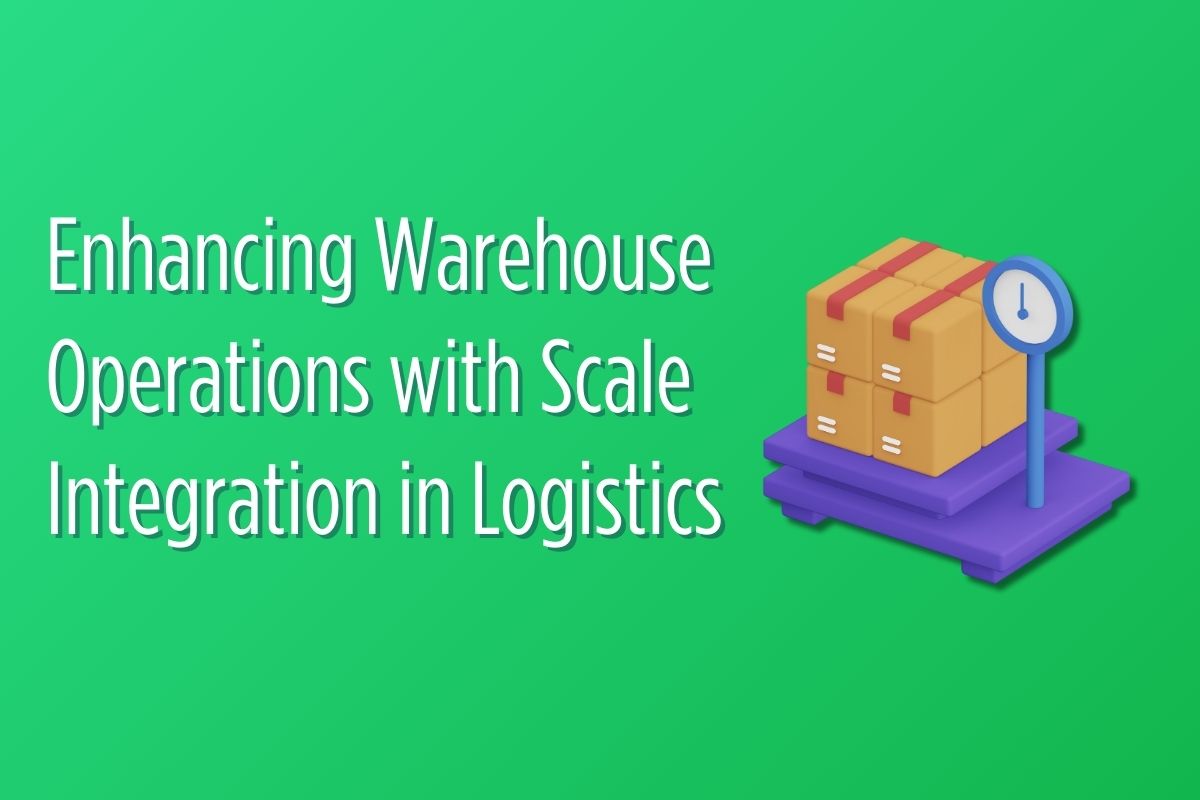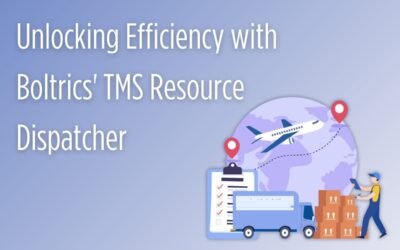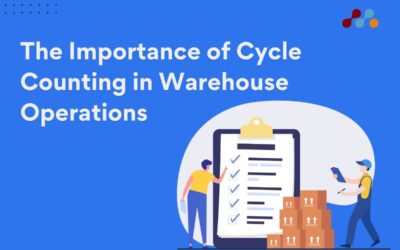Managing warehouse cargo involves intricate processes that vary significantly depending on whether you’re dealing with general or bulk goods. From how they are received to how they are registered, the logistics of these two types of cargo worlds apart.
General cargo is often received neatly packed in boxes or crates, and individual items are typically counted. On the other hand, bulk goods are a different story altogether.
They’re commonly registered based on the weight of the entire pallet rather than individual items. This distinction dictates a different approach to handling and tracking.
Importance of Scale Integration in WMS
In the realm of bulk goods, the integration of scales into warehouse management systems (WMS) becomes paramount. Imagine directly registering the weight of incoming pallets with the help of integrated scales. This is where Boltrics’ scale integration within the WMS proves invaluable.
Seamless Integration Process
Think of the communication between 3PL Dynamics and the scales in your warehouse akin to the communication between software and printers. Through IP addresses and port IDs, seamless communication is established.
Setting up this integration involves ensuring that your scales communicate effectively with the Print Service and configuring them within your 3PL Dynamics environment.
Configuring Scales in 3PL Dynamics
Adding scales to your WMS in 3PL Dynamics is a straightforward process. It starts with accessing the ‘Indicator List’ where you can easily add and configure scales.
Key fields to fill in include the Boltrics Service, Communication Server (IP Address), Communication Setup (Port Number), and Request Reading Text. This text serves as a trigger for the scale to send back the weight, and it may vary depending on the scale model.
Testing the connection is crucial post-configuration. Through the ‘Execute’ function, you can verify the connection and check the output to ensure the correct weight is being captured.
However, the value sent back by the scale is initially an ‘unvalidated value,’ which needs conversion to an actual weight. Thankfully, 3PL Dynamics offers various standard functions to perform this conversion, ensuring accuracy across different scales.
Optimizing Warehouse Efficiency
Integrating scales into your scan process elevates warehouse efficiency even further. The inbound process becomes streamlined by directly communicating weighed values to warehouse scanners.
Configuring this integration within 3PL Dynamics involves utilizing specific functions within the coding unit, enabling seamless registration of pallet weights directly on scanners.
To truly unlock the full potential of your logistics software solution, consider delving into the comprehensive e-learning library offered by the Boltrics Academy. From basic key user training to in-depth tutorials on various functionalities, a wealth of knowledge is waiting to be explored.
Conclusion: Revolutionizing Warehouse Processes
Scale integration in logistics is a game-changer. It not only streamlines warehouse operations but also enhances accuracy and efficiency. By harnessing the power of 3PL Dynamics and Boltrics’ scale integration, warehouses can revolutionize their processes and stay ahead in today’s competitive landscape.







